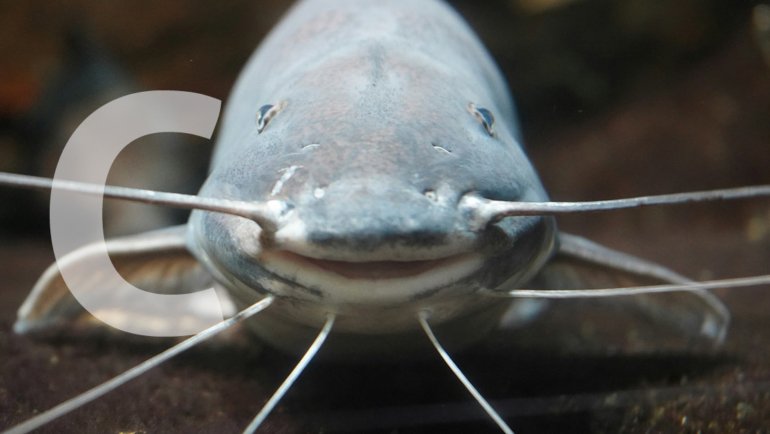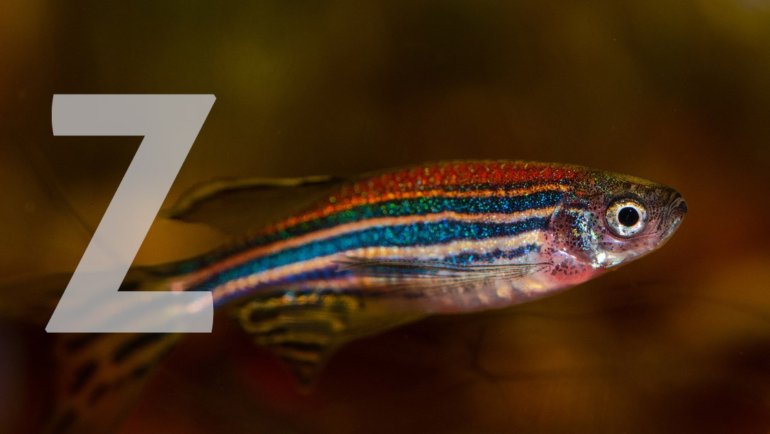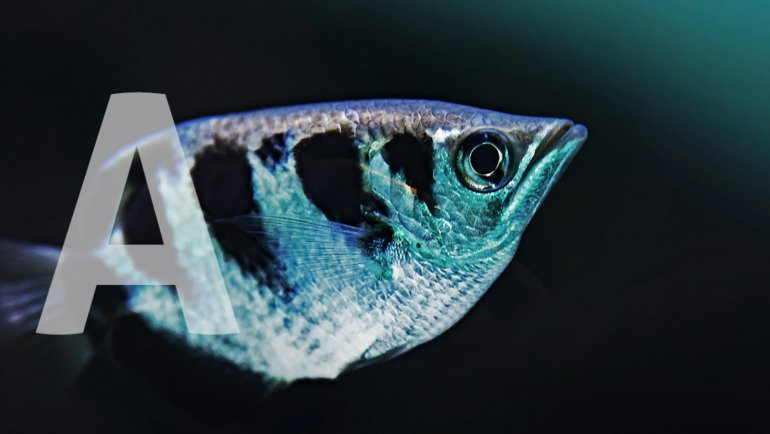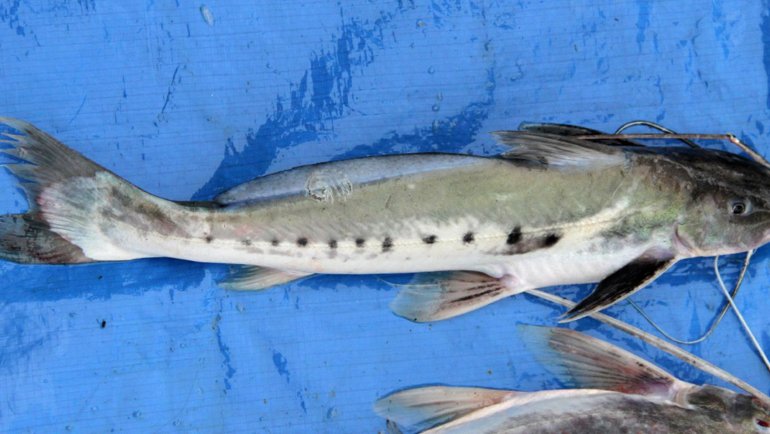Eels are fascinating creatures that play a crucial role in aquatic ecosystems around the world. Known for their elongated bodies and slippery skin, eels can be found in both freshwater and saltwater environments. These remarkable fish have an electric diversity, with more than 800 species, including the famous electric eel, which can generate electric shocks for hunting and self-defense. Eels are not only fascinating to study due to their unique physiology but also serve as important players in the food chain, acting as both predators and prey.
In the aquatic food web, eels hold a significant position. As nocturnal hunters, they primarily feed on smaller fish, crustaceans, and invertebrates. However, despite their predatory nature, eels are not at the top of the food chain. Instead, they often find themselves prey for a variety of larger animals. Understanding the predators of eels helps shed light on the complex interdependencies within aquatic ecosystems and the evolutionary adaptations that eels have developed for survival.
Top 10 Predators of Eels
Herons
Herons are wading birds that inhabit wetlands, rivers, and the shores of lakes and oceans. Known for their long legs and sharp beaks, herons are skilled hunters, often targeting eels as part of their diet. These birds usually hunt during the early morning or late afternoon when eels are more likely to venture closer to the water’s surface. Herons use their keen eyesight and stealthy approach to catch eels by quickly striking with their beaks.
The predation of eels by herons illustrates the diversity of their diet, which includes fish, amphibians, and insects. The interaction between herons and eels highlights the dynamics within aquatic and wetland ecosystems, where bird species play a vital role in controlling fish populations, including eels.
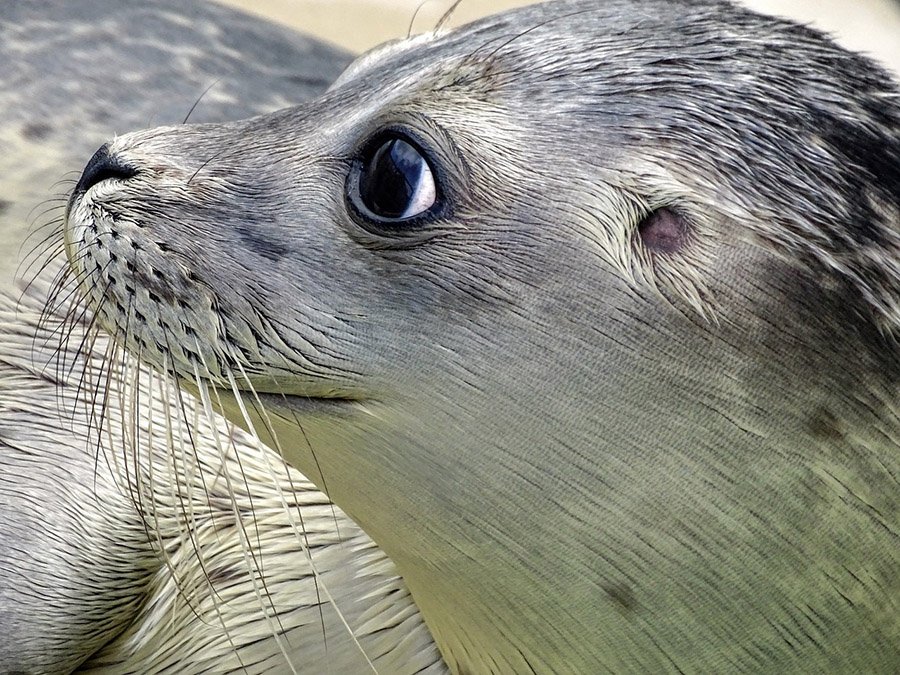
Seals
Seals are marine mammals known for their playful nature and adaptability to various aquatic environments. They have a varied diet that often includes eels. Seals are adept hunters that use their agile swimming skills and sensitive whiskers to detect prey like eels, even in murky waters. Eels are typically consumed by seals in coastal areas where both species overlap.
The relationship between seals and eels is an example of the complex predator-prey interactions in marine ecosystems. Seals help maintain a balance within their habitat by controlling eel populations, which can impact the availability of resources for other marine creatures.
Sharks
Sharks are apex predators in the ocean and are known for their powerful jaws and keen sense of smell. Various shark species, such as the sandbar shark and nurse shark, are known to prey on eels. Sharks often target eels in coral reefs or seagrass beds, where eels find refuge. The interaction between sharks and eels is a classic example of the ocean’s food chain dynamics, where even formidable predators like eels can become prey.
The presence of eels in a shark’s diet demonstrates the wide range of prey that sharks consume and highlights their role in maintaining the health of marine ecosystems by keeping the populations of smaller fish, such as eels, in check.
Larger Fish
Larger fish species, including groupers and barracudas, frequently prey on eels. These predators inhabit similar environments as eels and often compete for the same food sources. Groupers, for example, are known for their powerful jaws and ability to ambush prey, making them effective hunters of eels. Barracudas, with their speed and sharp teeth, can quickly capture eels swimming in open waters.
The predation of eels by larger fish illustrates the competitive nature of aquatic ecosystems, where various species vie for survival and dominance. This interaction ensures the stability and diversity of marine life by regulating eel populations.
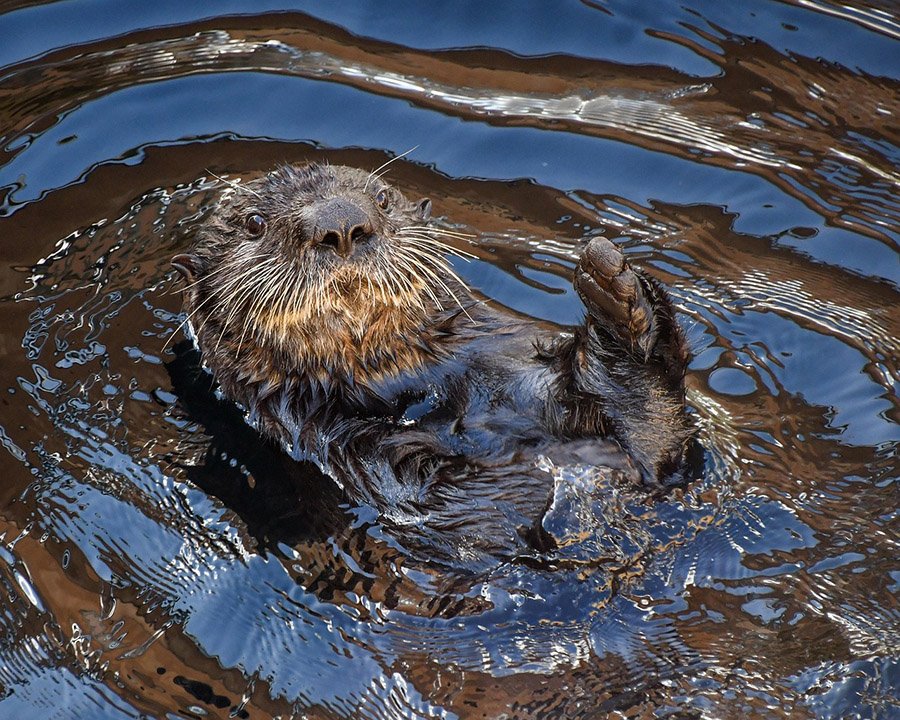
Otters
Otters are playful yet efficient predators that inhabit freshwater and coastal regions worldwide. Known for their dexterity and intelligence, otters are capable of catching eels, which they often include in their diet. These mammals hunt in rivers and streams, using their sharp claws and agile movements to capture slippery eels.
The role of otters as predators of eels underscores the interconnectedness of riverine ecosystems, where mammals, fish, and other aquatic organisms interact dynamically. Otters help maintain the balance of eel populations, contributing to the overall health of their aquatic habitats.
Birds of Prey
Birds of prey, such as ospreys and eagles, are known to hunt for fish, including eels, in both freshwater and coastal environments. These raptors use their sharp talons and keen eyesight to spot and catch eels from the water. Ospreys, in particular, are adept at catching fish near the surface, making them successful predators of eels.
The hunting behavior of birds of prey highlights the predator-prey relationships that extend beyond aquatic environments, as these birds often migrate vast distances and connect different ecosystems through their feeding habits.
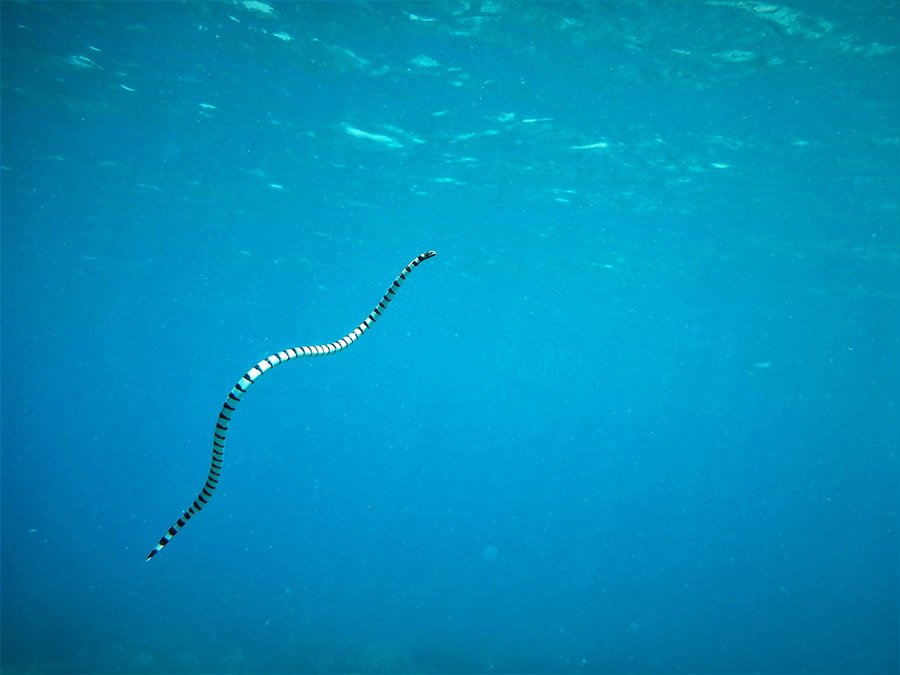
Sea Snakes
Sea snakes are venomous reptiles found in warm coastal waters and are known to feed on eels. These snakes use their venom to subdue eels before consuming them. Sea snakes typically hunt in coral reefs and seagrass beds, where they can find a diverse array of marine life, including eels.
The predation of eels by sea snakes offers insight into the complexity of coral reef ecosystems, where a wide variety of species interact and contribute to the ecological balance.
Humans
Humans are perhaps the most significant predators of eels, with many cultures considering them a delicacy. Eel fishing and consumption have deep cultural roots in various regions, such as Japan, where freshwater eel (unagi) is a popular dish. Overfishing and habitat degradation are significant threats to eel populations.
Human predation on eels highlights the need for sustainable fishing practices and conservation efforts to ensure the survival of eel species and the health of their ecosystems.
How Do Eels Defend Themselves?
Eels have developed several strategies to defend themselves against predators. One of their most notable defenses is their slippery, mucus-covered skin, which makes them difficult for predators to grasp. This mucus can also contain toxins or unpleasant tastes that deter potential threats. By secreting this mucus, eels enhance their ability to escape from predators, increasing their chances of survival.
Another defense mechanism employed by eels is their ability to hide in crevices and burrows. Many eel species, such as moray eels, have adapted to live in narrow spaces within coral reefs or rocky substrates. By retreating into these shelters, eels can avoid detection by predators and reduce the likelihood of being captured.
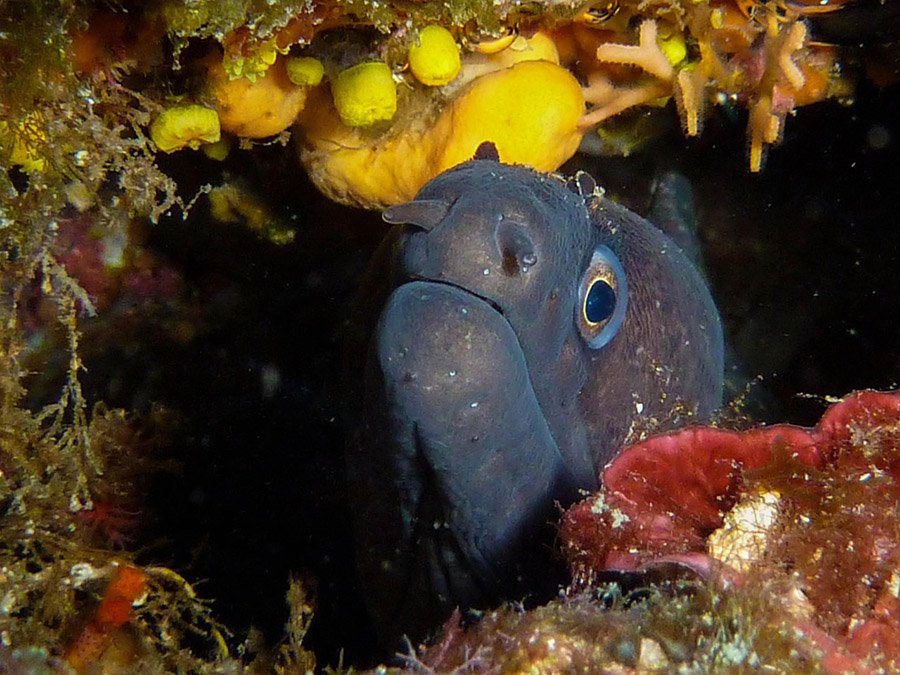
Certain species of eels, like the electric eel, have a unique defense mechanism that involves generating electric shocks. These shocks can deter predators and are powerful enough to incapacitate potential threats. The electric eel’s capability to produce electricity is a remarkable adaptation that highlights the diverse evolutionary strategies among eel species.
Camouflage is yet another tactic used by eels to avoid predation. Many eels have body patterns and colors that blend seamlessly with their environment, making it difficult for predators to spot them. This ability to blend in with their surroundings allows eels to remain hidden from view and reduces the risk of attack.
Frequently Asked Questions
What do eels primarily eat?
Eels mainly feed on smaller fish, crustaceans, and various invertebrates. Their diet can vary based on their habitat and species.
Are all eels capable of producing electric shocks?
No, only certain species, like the electric eel, can generate electric shocks. Most eels do not possess this ability.
Do eels have any natural predators?
Yes, eels have several natural predators, including birds like herons, larger fish, seals, and even humans.
How do eels contribute to their ecosystems?
Eels serve as both predators and prey, contributing to the balance of aquatic ecosystems. They help control populations of smaller fish and invertebrates and are a food source for larger predators.
Are eels endangered due to human activities?
Some eel species face threats from overfishing, habitat loss, and pollution, leading to declines in their populations. Conservation efforts are essential to protect these species.

